Occupational safety training for operating bucket cranes
99,000 ₫
Note: The above price is calculated per person and may vary depending on the number of participants in the course and market fluctuations. For more precise pricing information, please refer to the pricing list or contact our consultation staff directly.
Occupational safety is a critical issue when operating container cranes and must be addressed promptly to ensure the health and safety of workers while enhancing the reputation of businesses. The Occupational Safety Training course is one of the effective solutions to raise awareness on preventing workplace accidents for workers operating container cranes.
Table of Contents
Toggle1. Overview of Bucket Crane
a. What is a Bucket Crane?
A bucket crane is a type of lifting and material or personnel handling equipment that uses a special bucket or container suspended from a crane. Bucket cranes are commonly used in construction projects, maintenance work, or applications requiring moving materials or personnel up and down from elevated positions.
The bucket or container can hold various materials, including concrete, sand, stone, water, and even workers. The crane is used to lift and lower the bucket and move it to the required location. Bucket cranes can operate using cables, chains, or other mechanisms to control lifting and lowering safely and efficiently.
Bucket cranes are typically used in high-rise construction, repair and maintenance work, and other industrial applications to transport materials and workers to difficult-to-reach or elevated locations.

b. Applications of Bucket Cranes in Production
Bucket cranes have many applications in production, especially in factories, workshops, and other production environments. Some examples of how bucket cranes are used in production include:
- Material transport: Bucket cranes can lift and move production materials such as plastic pellets, steel, wood, glass, and other components to machinery and production lines, optimizing production flow and reducing manual handling time.
- Maintenance and repair: Bucket cranes can lift large machinery or equipment for maintenance or repair, saving time and labor compared to disassembling manually.
- Installation and operation: During the installation of new machinery or production equipment, bucket cranes can lift and place them in the required positions. They also assist in operation and adjustment of these devices.
- Finished product handling: Bucket cranes can lift and transport finished products from production to storage or packaging areas, ensuring safe and efficient handling.
- Production in confined spaces: In limited or hard-to-access production spaces, bucket cranes provide an effective solution for moving materials and products.

c. Industries Using Bucket Cranes
Bucket cranes can be applied in various production sectors. Some key industries include:
- Construction industry: Bucket cranes are used in high-rise construction, cement and concrete factories, and other construction projects to lift and move materials such as concrete, sand, stone, and steel.
- Industrial product manufacturing: Factories producing metal, plastic, wood, or glass products use bucket cranes to transport raw materials and finished products during production.
- Food and beverage production: Bucket cranes move boxes, cartons, product packaging, and large raw material containers.
- Automotive manufacturing: Bucket cranes lift and transport large vehicle components such as engines, gearboxes, and wheels along production lines.
- Electronics manufacturing: Factories producing electronic components and devices use bucket cranes to lift and move items like motherboards, screens, and other equipment.
- Paper and printing industry: Bucket cranes lift and transport large paper rolls and printed materials for cutting, packaging, and shipment.
In summary, bucket cranes are widely used across industries to lift and transport materials, products, and components to necessary locations during production.
2. Overview of Safety Training for Bucket Crane Operation
a. What is Occupational Safety Training?
- Occupational safety training for bucket crane operation provides sessions to raise awareness of workplace accident prevention. Workers directly handling bucket cranes are classified under Group 3.
- The training helps workers recognize and avoid hazards, minimizing the risk of workplace accidents during operation.
REGISTER FOR OCCUPATIONAL SAFETY TRAINING
b. Training Duration
Initial Safety Training
- The total training time is at least 24 hours, including exam time.
- 8 hours of theory on occupational safety policies and regulations
- 8 hours of basic occupational safety knowledge
- 4 hours of specialized training theory
- 2 hours of practical exercises in specialized training
- 2 hours of theoretical exam at the end of the course
The safety training center will schedule multiple sessions depending on worker availability, typically conducted over 3 days with 6 sessions if the company allows continuous attendance.
Periodic Safety Training
- Before the occupational safety card expires, workers wishing to renew must complete a periodic safety training, with duration at least 50% of the initial training.
Explanation: The total periodic safety training time is at least 12 hours, including exam time. Upon successful completion and passing the exam, workers will have their occupational safety card renewed.
c. Training Content
| No. | TRAINING CONTENT | TRAINING DURATION (HOURS) | |||
| Total | Including | ||||
| Theory | Practice | Exam | |||
| I | Policies and occupational safety laws | 8 | 8 | 0 | 0 |
| 1 | Overview of regulations and legal framework on occupational safety and hygiene. | 6 | 6 | ||
| 2 | Standards and technical regulations on occupational safety and hygiene. | 1 | 1 | ||
| 3 | Specific regulations by government authorities regarding occupational safety for construction, expansion, or renovation of facilities, and inspection of machines, equipment, materials, and substances with strict safety requirements. | 1 | 1 | ||
| II | Basic occupational safety knowledge | 8 | 8 | 0 | 0 |
| 1 | Basic knowledge of workplace hazards. | 4 | 4 | ||
| 2 | Methods for improving working conditions. | 1 | 1 | ||
| 3 | Safety culture in production and business. | 1 | 1 | ||
| 4 | Rights and duties of employers and employees; policies on occupational safety; role of safety officers. | 1 | 1 | ||
| 5 | Occupational safety regulations, signs, and proper use of personal protective equipment; basic first aid and prevention of occupational diseases. | 1 | 1 | ||
| III | Specialized training content | 6 | 4 | 2 | 0 |
| Knowledge of machinery, equipment, and hazardous substances; risk analysis and management; safe operating procedures for machines and materials with strict safety requirements. | 6 | 4 | 2 | ||
| IV | Final exam for safety training | 2 | 2 | 0 | 0 |
| Total | 24 | 22 | 2 | ||
See more training content for the 6 groups
d. Occupational Safety Card
After completing safety training and passing the exam, workers will be issued an occupational safety card (commonly referred to as Group 3 safety certificate).
The card displays full details such as name, date of birth, job, and work environment, along with training duration, official stamp, and signature confirming course completion.
According to the rules stated in Clause 2 of Article 24 of Decree 44/2016/ND-CP, there are two cases:
- If the employer and employee have a labor contract, the employer must stamp and endorse the card after the employee completes the safety training and passes the exam.
- If the worker is freelance or temporary without a labor contract, the training unit must stamp and endorse the card after the worker completes the course and passes the exam.

3. Hazards When Operating Bucket Truck Cranes
Operating bucket truck cranes requires caution and strict adherence to safety rules. Failure to follow safety measures can pose hazards to workers and the work environment. Some common hazards include:
- Falling materials: Bucket truck cranes are often used to lift and transport heavy and large materials. If the materials are not properly secured in the bucket, there is a risk of falling materials causing injury or damage to people and property.
- Bucket crane tipping: An unstable or improperly used bucket crane may tip over or collapse, causing serious injury to workers inside or around the crane.
- Broken cables or chains: If the lifting cables or chains are damaged or not maintained properly, they can break during operation, leading to serious accidents.
- Collision with infrastructure: The crane may collide with infrastructure such as power stations, bridges, or other structures, causing significant damage.
- Loss of control: Operators who are not trained to safely control the bucket crane may lose control, resulting in accidents.
- High voltage: Operating near high-voltage power lines or other electrical sources can result in electrical shock or fire hazards.
- Unsafe for workers inside the bucket: Workers not trained in safety or not using proper personal protective equipment (PPE) are at risk of injury or health hazards.
To minimize these hazards, strict safety rules, operator training, and regular crane maintenance are essential. Safety inspections and technical checks must be conducted to ensure proper and safe operation of bucket truck cranes.

4. Measures to Control Occupational Accidents When Operating Bucket Cranes
To control occupational accidents while operating bucket cranes, the following safety measures and procedures should be followed:
- Training and supervision: Ensure all operators are fully trained in safe bucket crane use. Operators must understand safety regulations and be supervised during work.
- Regular technical inspection: Conduct scheduled inspections and maintenance of the bucket crane to ensure safe and proper operation.
- Use of personal protective equipment (PPE): Workers in the bucket must use appropriate PPE, such as helmets, safety shoes, heat-resistant clothing, and gloves, to protect against potential hazards.
- Inspection of materials and lifting equipment: Check materials and lifting devices before lifting to ensure they are intact and secure. Ensure materials are properly fastened and will not fall.
- Monitoring the work environment: Monitor the work environment, especially near electrical sources, cables, or infrastructure, to avoid collisions or fire hazards.
- Compliance with operating rules: Operate the bucket crane according to safety rules and manufacturer guidelines. Never exceed weight limits or operating restrictions.
- Establish safe work procedures: Develop and implement specific safe procedures for bucket crane operation, identifying potential hazards and control measures.
- Safety planning: Before each operation, prepare a detailed safety plan including location, load, operation time, and safety measures.
- Avoid working alone: Always work in teams when operating bucket cranes to provide monitoring and support in case of incidents.
- Incident review and learning: Investigate accidents to identify causes and implement improvements to prevent recurrence.
- Periodic inspections of bucket cranes help detect safety issues such as wear or mechanical faults early, reducing accident risks.
5. Benefits of Occupational Safety Training
An Toan Nam Viet provides businesses with the following benefits after completing occupational safety training courses according to Decree 44/2016/ND-CP on occupational safety and hygiene:
- Workers can identify potential accident hazards and take preventive measures to avoid accidents.
- Businesses can establish risk prevention measures in production, operation, and maintenance processes.
- Minimizes costs associated with occupational safety risks.
- Continuous production increases productivity and product quality.
- Compliance with labor safety laws avoids legal risks.
- Enhances credibility and professionalism, elevating the company’s brand.
Nam Viet training courses are solutions to prevent external hazards from affecting individuals, helping them avoid injuries or even fatal accidents.
REGISTER FOR OCCUPATIONAL SAFETY TRAINING
6. Customer Feedback After Completing Training
An Toan Nam Viet has years of experience supporting businesses across Vietnam, especially in the southern provinces. Our dedication drives us to professionalize occupational safety training continuously. Positive feedback and constructive suggestions from our partners have fueled our growth. Below are some testimonials:
7. Occupational Safety Training Capacity of An Toan Nam Viet
An Toan Nam Viet is a reputable occupational safety training center in Vietnam. Courses are conducted continuously at factories and construction sites nationwide (63 provinces).
REGISTER FOR OCCUPATIONAL SAFETY TRAINING
Occupational Safety Training License
- An Toan Nam Viet has been inspected and certified by the Department of Safety under the Ministry of Labor – Invalids and Social Affairs, granting certification for occupational safety and hygiene training. This strengthens our occupational safety training capacity.

Training Materials and Lectures
- Before being used in training courses, materials are reviewed to ensure accuracy and effectiveness.
- Instructor methods are standardized according to An Toan Nam Viet standards, developed by occupational safety experts for maximum knowledge retention.
Facilities
- Controlled classroom environments improve teaching efficiency and learning outcomes.
- Our training facilities are spacious, meeting standards for area, lighting, and equipment.
8. Nationwide Reputable and Quality Training Center
At An Toan Nam Viet, professional dedication in occupational safety training is a top priority. We focus on equipping workers with knowledge to protect themselves, contributing to nation-building.
All aspects are meticulously prepared: tools, teaching equipment, curriculum, materials, audio, and lighting.
Our instructors are experienced safety experts, with research on hazard identification and prevention across industries. Lectures are practical and easy to understand. Knowledge follows Decree 44/2016/ND-CP, enabling workers to apply hazard prevention measures and self-protection in real work.
Our training center provides reputable professional safety training with advantages:
- Competitive training costs with guaranteed quality.
- Flexible schedule adapted to company production.
- Quick certification procedures in compliance with legal regulations.
- Experienced instructors.
- Controlled classroom environment for optimal learning.
- Curriculum tailored for workplace safety needs.
- Dedicated professional support for customers.

9. Additional Occupational Safety Training Materials
- Occupational Safety Materials for Bucket Crane Operation
- Occupational Safety Training Materials Collection
- Occupational Safety Training Test Collection
- Multiple Choice Test for Bucket Crane Safety
- Training Slides for Bucket Crane Safety
1 review for Occupational safety training for operating bucket cranes
No comments yet

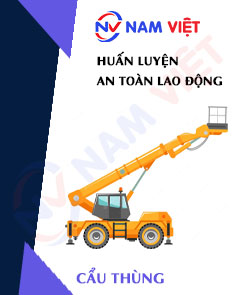

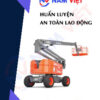




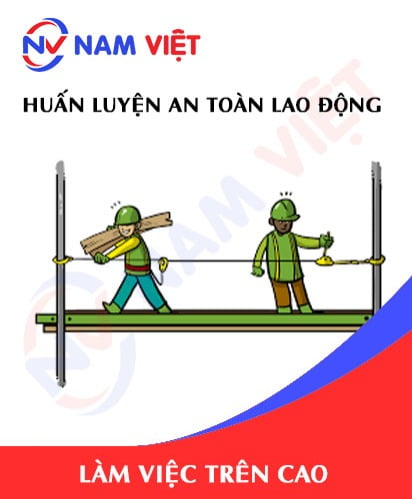
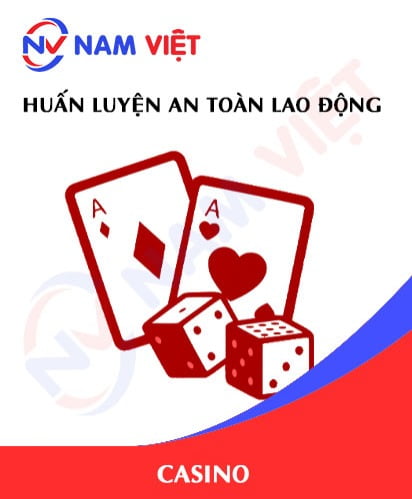
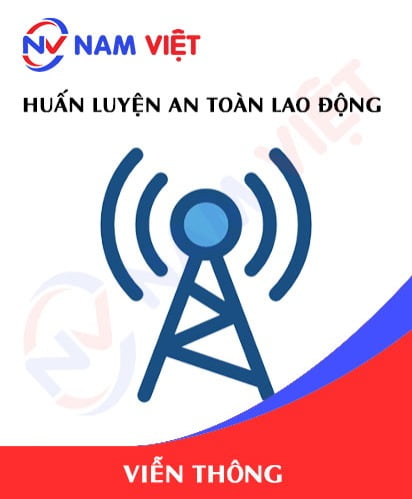
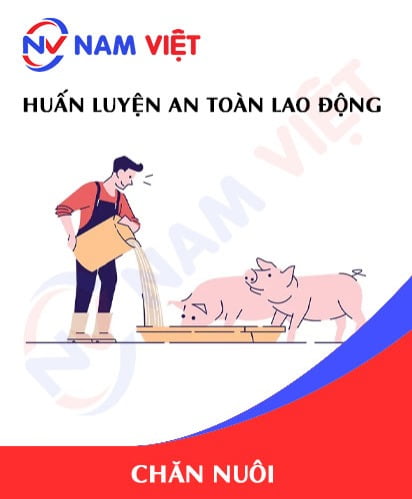
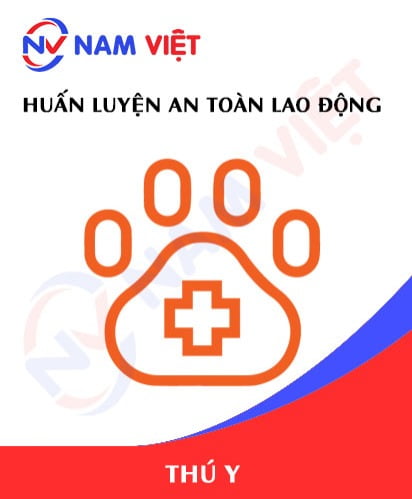

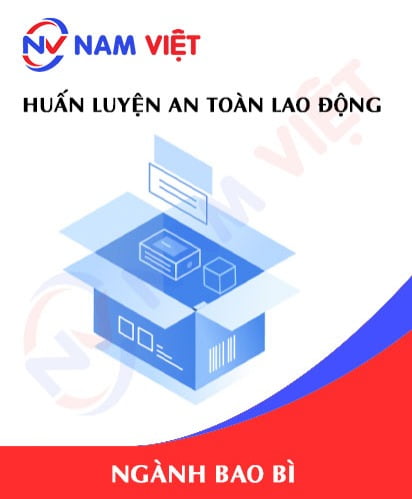
phanminhhang341
Trung tâm huấn luyện an toàn lao động chuyên nghiệp ở Việt Nam nha